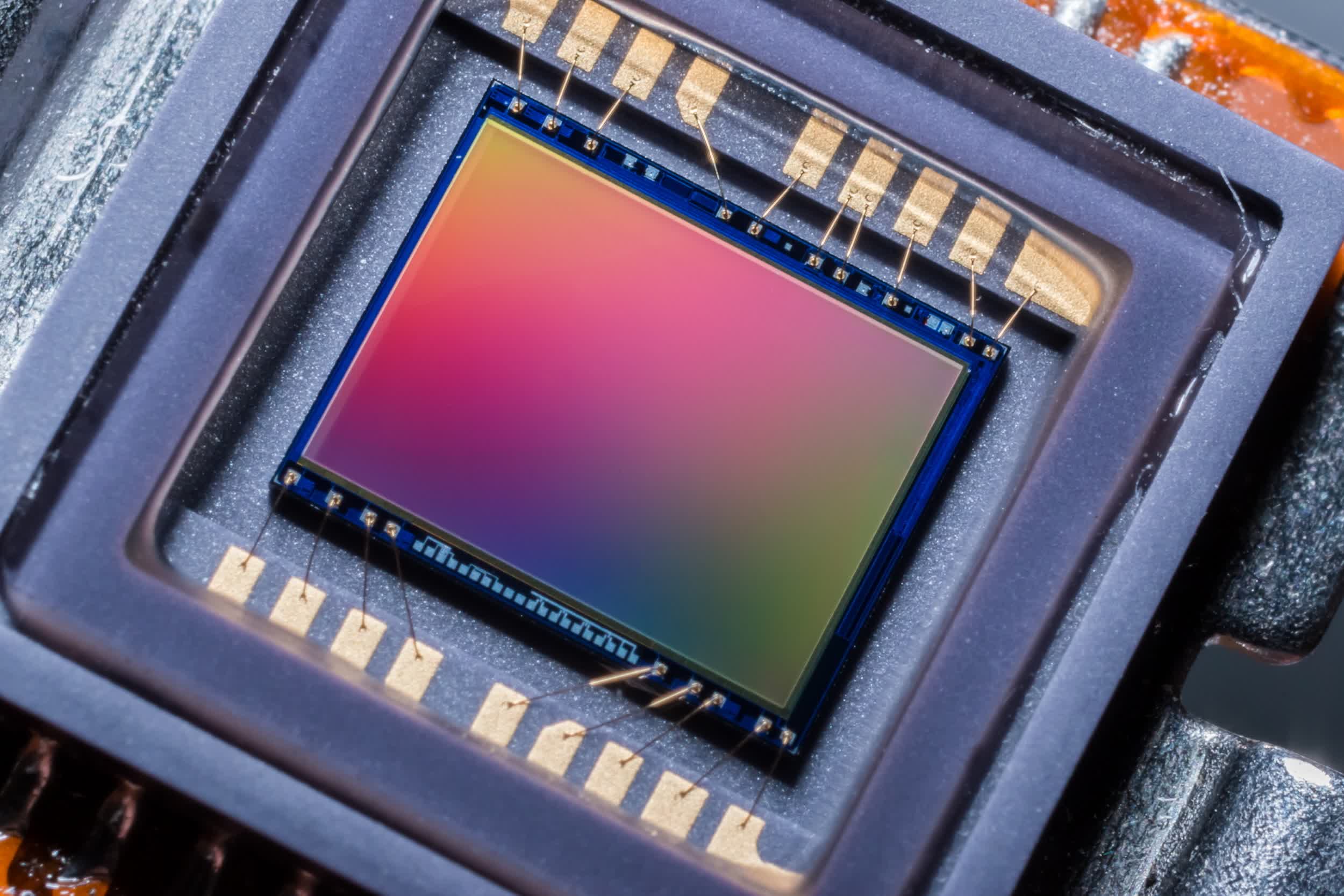In brief: Samsung's newest 50-megapixel image sensor affords the company bragging rights for the smallest pixel size in a mobile image sensor, and the company says its 1/2.76-inch optical format and the use of ISOCELL 2.0 technology makes it the ideal choice for phones with multi-camera setups.
The megapixel race is far from over in the smartphone world, which is why Samsung just announced a new image sensor for phones that supposedly has the smallest pixel size achieved to date for a mobile image sensor.
What this means is that manufacturers are going back to making higher resolution cameras for the sake of a better spec sheet in mid-range and high-end phones. The new Samsung ISOCELL JN1 sensor has 50 million pixels crammed into a tiny 1/2.76-inch optical format, with each pixel measuring no more than 0.64μm in size. The company holds the previous record with the ISOCELL Slim GH1 from 2019, a 43.7-megapixel sensor with pixels measuring 0.7μm.
That's not to say that having smaller pixels is necessarily the goal, as professional photographers have good reasons for going with larger sensors, among them better performance low-light scenarios. Samsung says it built the new sensor to be easily integrated in camera modules on a variety of phone designs, where space is at a premium and manufacturers aim for ever slimmer profiles with little to no protrusions.
With the ISOCELL JN1, the company employs its new ISOCELL 2.0 tech to reduce crosstalk, boost color fidelity, and allows pixels to absorb 16 percent more light thanks to a new reflective material used in the lower part of the color filter barriers. The new sensor also makes use of Samsung's Tetrapixel technology that does four-to-one pixel binning to increase picture quality in low-light with the compromise of dropping the resolution to 12.5-megapixels.
Other notable aspects of the new sensor include support for 4K video capture at 60 frames per second, or 1080p at 240 frames per second, and the integration of Samsung's "Double Super PD" autofocus. The ISOCELL JN1 is now in mass production, so it won't be long before we see it in actual products.
